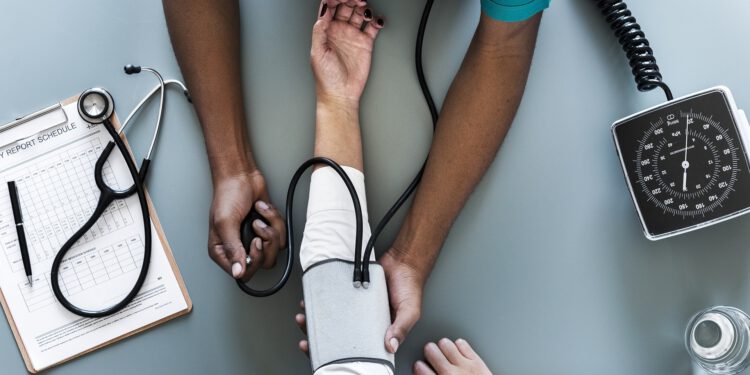A team of researchers manages to measure blood pressure through a video where the face of the people in question appears.
It may seem banal, but a selfie could provide valuable medical information. It is not a question here of diving into the expression of the face to know if a person is tense, depressed or quite the opposite. In this case you have to go further and looking for proteins behind our skin. The way they are presented will give us the key to knowing our blood pressure.
This is the conclusion reached by a team of researchers from the University of Toronto and Affiliated Hospital in Hangzhou, China. His work employs the technique of transdermal optical imaging. It is based on using the light emitted by the camera of a smartphone to detect the proteins behind our skin.
The system only needs a video of the patient’s face. It does not need to be professional or recorded with a superlative definition camera. Simply, a short video from a smartphone will serve.
From this information, researchers apply a method that goes through machine learning algorithms. This sieve is the one that allows translate measurements made with the camera to a blood pressure reading. The success rate of the new method is 95%, a very high percentage for such a novel method.

Lack of dark skin testing
The work of researchers has, however, one drawback. It has been tested on 1,328 people, but most of them were Caucasian or East Asian. However, with people with darker skins has hardly been rehearsed.
This can lead to inaccuracies in black people or people with darker skin tone than Caucasians. The key to this method lies in the hemoglobin protein. The behavior of light before this molecule gives the necessary data to make the blood pressure reading. What is not known is if another protein will intervene in this process, like melanin in large proportions, something typical of darker skin.
Failing to do these checks and polish the system accordingly, the job would offer a simple and inexpensive method of measuring blood pressure. This is a basic aspect of our health and frequent control of this parameter helps to ward off frights, such as heart attacks.
If its effectiveness is confirmed, it would be another feat of AI in the medical field.
Images: rawpixel, Lars_Nissen_Photoart









